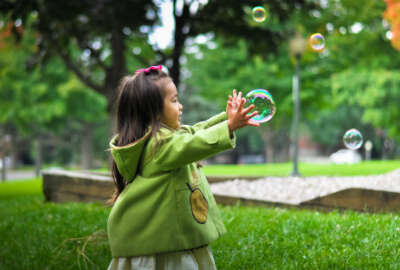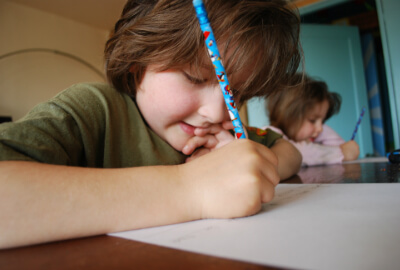Playing to Learn - Child Led Play
Is It Ok to Just Let Go?
Play or exploration chosen purely by a childs own motivation.

When a child chooses their topic of play or exploration purely by their own motivation or choice it is known as child-led play or child-initiated play.
This can be one of the most free and rewarding types of play. Many types of skills, topics and levels of understanding can be explored, repeated, abandoned and reinstated by the child at their decision or whim. It is through this freedom that play can help test and investigate the world and its many rules and concepts.
Starting with an idea.
It is fine for an adult to start with an idea and the child to then take the idea further through play. Introduce an idea, then take a step back Let the child explore it in whatever way they find natural to them. This may be through role-playing, imaginative concepts or using their senses to investigate. If a child requests support then you should of course help. It may be just a reassuring nod or an expression of 'all is well' that is needed from you.
Using the environment.
Adapting play to whatever resources are at hand is exactly the sort of result to expect from child-led play. As long as the area is safe and the child feels that safety and is comfortable to relax then the freedom of their imagination or curiosity will naturally lead them to discovery. IT may be that a discovery or unexpected event is tested over and over. This is a natural way to learn about the environment they are in and what cause and effect may have on it.
Interacting with each other
When play is led by the child, situations are much more favourable to building soft skills and social interaction. As the play is at their own pace they can open up to communicating and listening at a level that suits them. Having the freedom to test and explore their environment and the children or adults around them helps to learn turn-taking in speaking and interrupting. Having the freedom to make mistakes gives them the confidence to try different approaches. They can test when to stand up for themselves and when sharing or compromise may work.
Examples of child-led play.
Adults can enable the environment and choose a starting point to nurture the beginnings of child-led play. Here are some examples of child-led play where the objects and scenario have been set up by an adult and child is then free to lead the play. An outside area with bowls - making mud pies. A blanket and chairs - Making a den. A rug or large paper - an island with crocodiles.
When a child has the freedom to lead the play and explore situations at their pace they can take giant strides in gaining self-confidence. There are times when adult led play will be much more suited but sometimes stepping back can lead to a big step forward.
More articles

Helping Colour-Blind Children ...and Teachers!
Small Considerations Can Make a Difference
There are things you can do to help
7 Ways to Improve Your Child's Early Writing
And Have Fun Along the Way
Practical examples to get your child up and running with letters and sounds
Tripod Grip Explained in Pictures
Photos That Show Just What This Is
The way you hold your writing implement can have a big effect on your early writing